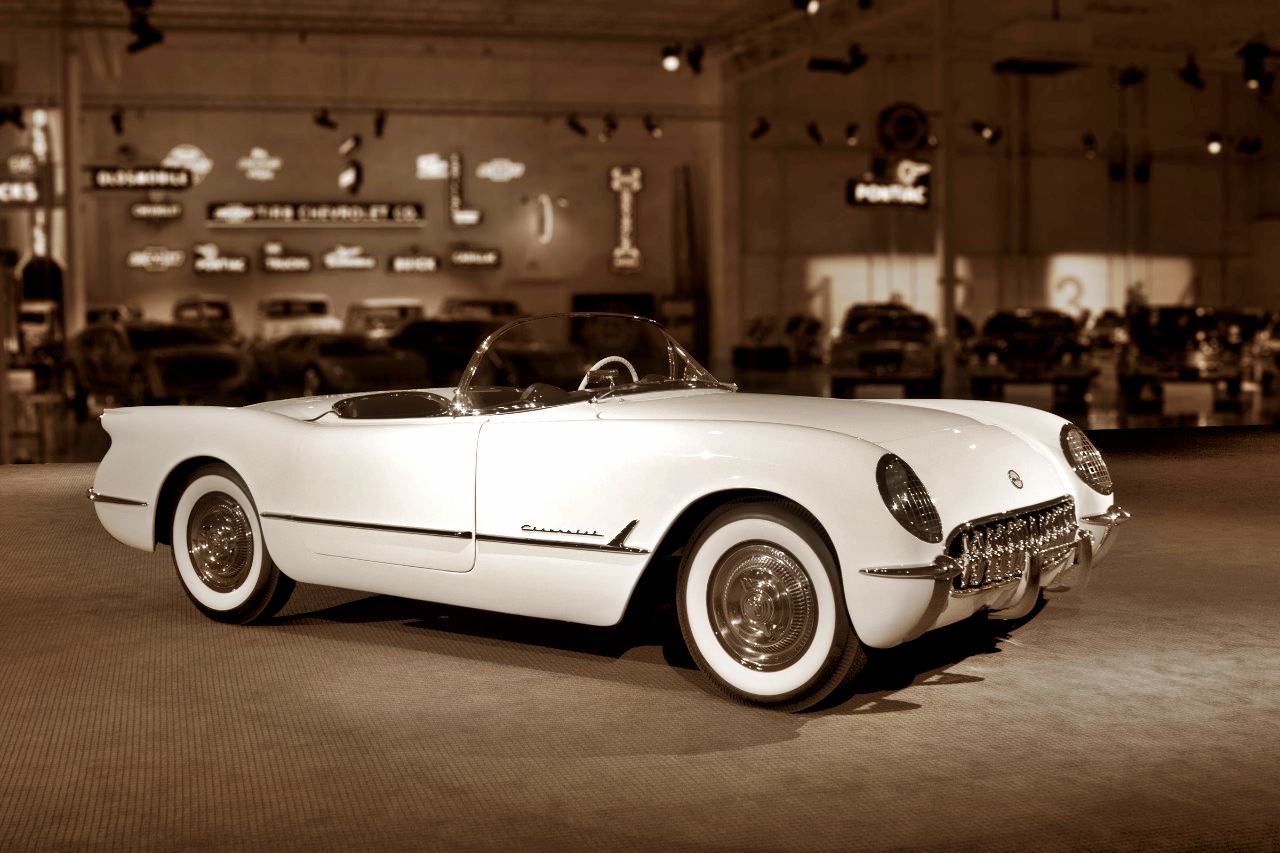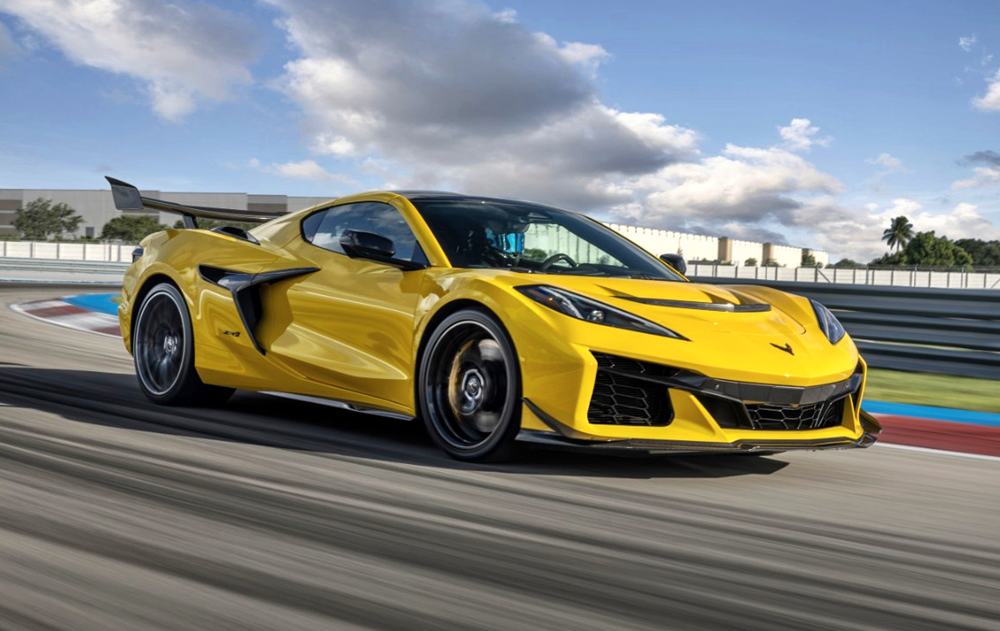The Chevrolet Corvette, born in 1953, is one of the very few American cars that has remained in production to this day. Over seven decades, this model has been representative of American sportscars and attained iconic status.


Paying tribute to this iconic is a series of Corvette concept design studies developed by GM’s Advanced Design studios as part of a global design project. This latest concept reimagines the Corvette with a futuristic, Southern California {SoCal) twist and reflects GM’s deep roots in the SoCal design community.
![Chevrolet California Corvette Concept [2025]](https://www.motaauto.com/wp-content/uploads/2025/07/Chevrolet-California-Corvette-Concept-2025-7.jpg)
For decades, GM has leveraged the Corvette nameplate to introduce concepts, experimental cars, and prototypes that push automotive design and engineering forward, and the California Corvette Concept continues this legacy. While there is no production intent behind this design study, the designers embraced this project as a blank slate to reimagine what the Corvette could be.
“Our Advanced Design teams are dedicated to shaping the future, driving innovation, and exploring what’s possible,” said Bryan Nesbitt, Vice-President of Global Design. “The California Corvette concept is another example of forward-thinking design. We invited multiple GM studios to envision Corvette-inspired hypercars — the first of which was revealed by our UK studio in March. The California team has now delivered a complementary study that honours Corvette’s legendary performance, while infusing it with their own distinctive vision.”
![Chevrolet California Corvette Concept [2025]](https://www.motaauto.com/wp-content/uploads/2025/07/Chevrolet-California-Corvette-Concept-2025-5.jpg)
Dramatic exterior proportions blend racing-simulator inspiration with iconic Corvette cues. The wide stance at the wheels with a narrow, tapered cabin and a narrow cockpit reflect classic Corvette DNA.
![Chevrolet California Corvette Concept [2025]](https://www.motaauto.com/wp-content/uploads/2025/07/Chevrolet-California-Corvette-Concept-2025-6.jpg)
The defining design aspect of the 4.7-metre long hypercar is the single-piece, front-hinged canopy that enables the entire upper shell to be removed, transforming the concept from an agile, slick sports car to a lightweight, open-air track car.
![Chevrolet California Corvette Concept [2025]](https://www.motaauto.com/wp-content/uploads/2025/07/Chevrolet-California-Corvette-Concept-2025-2.jpg)
![Chevrolet California Corvette Concept [2025]](https://www.motaauto.com/wp-content/uploads/2025/07/Chevrolet-California-Corvette-Concept-2025-4.jpg)
The minimalist interior centres on the driver, with integrated structural elements and performance-focused displays. An augmented-reality HUD enhances high-speed driving with only the most essential data displayed.
![Chevrolet California Corvette Concept [2025]](https://www.motaauto.com/wp-content/uploads/2025/07/Chevrolet-California-Corvette-Concept-2025-3.jpg)
“Southern California has been at the heart of automotive and design culture for a century, and GM has had a deep design presence here for nearly 40 years. We wanted to ensure that this concept was developed through that SoCal lens, but with a global and futuristic outlook. Duality of purpose is the basis of this concept’s design strategy,” said Brian Smith, Design Director, GM Advanced Design Pasadena in California.

![Chevrolet California Corvette Concept [2025] Chevrolet California Corvette Concept [2025]](https://www.motaauto.com/wp-content/uploads/2025/07/Chevrolet-California-Corvette-Concept-2025-1-696x399.jpg)

